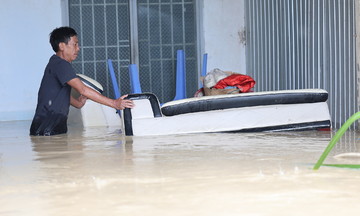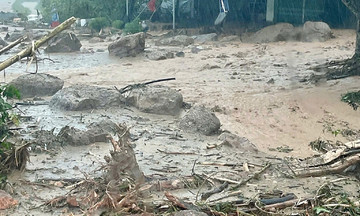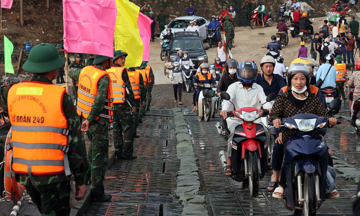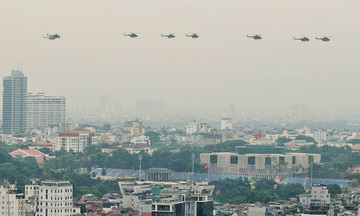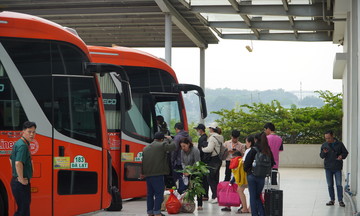How did Beijing implement its ban on gasoline motorcycles?
Many cities in China have restricted the use of gasoline motorcycles in urban areas, with Beijing being the first. Beijing banned gasoline motorcycles within its 3rd Ring Road in 1986, primarily due to excessive noise, high emissions, and traffic safety concerns. By 2000, the ban extended to the 4th Ring Road. Many other roads also prohibit gasoline motorcycles.
Since 2014, gasoline motorcycles registered elsewhere haven't been allowed within Beijing's 6th Ring Road, an area exceeding 2,000 km2. The Beijing Municipal Ecology and Environment Bureau has also implemented stricter registration and annual inspection requirements for gasoline motorcycles.
Generally, gasoline motorcycle restrictions begin in central areas, then expand outwards, always alongside reasonable alternatives. These include electric motorcycles, which are cheaper and cleaner; private cars; and public transportation, especially subways in larger cities. Providing enough viable alternatives encourages public support for motorcycle restrictions.
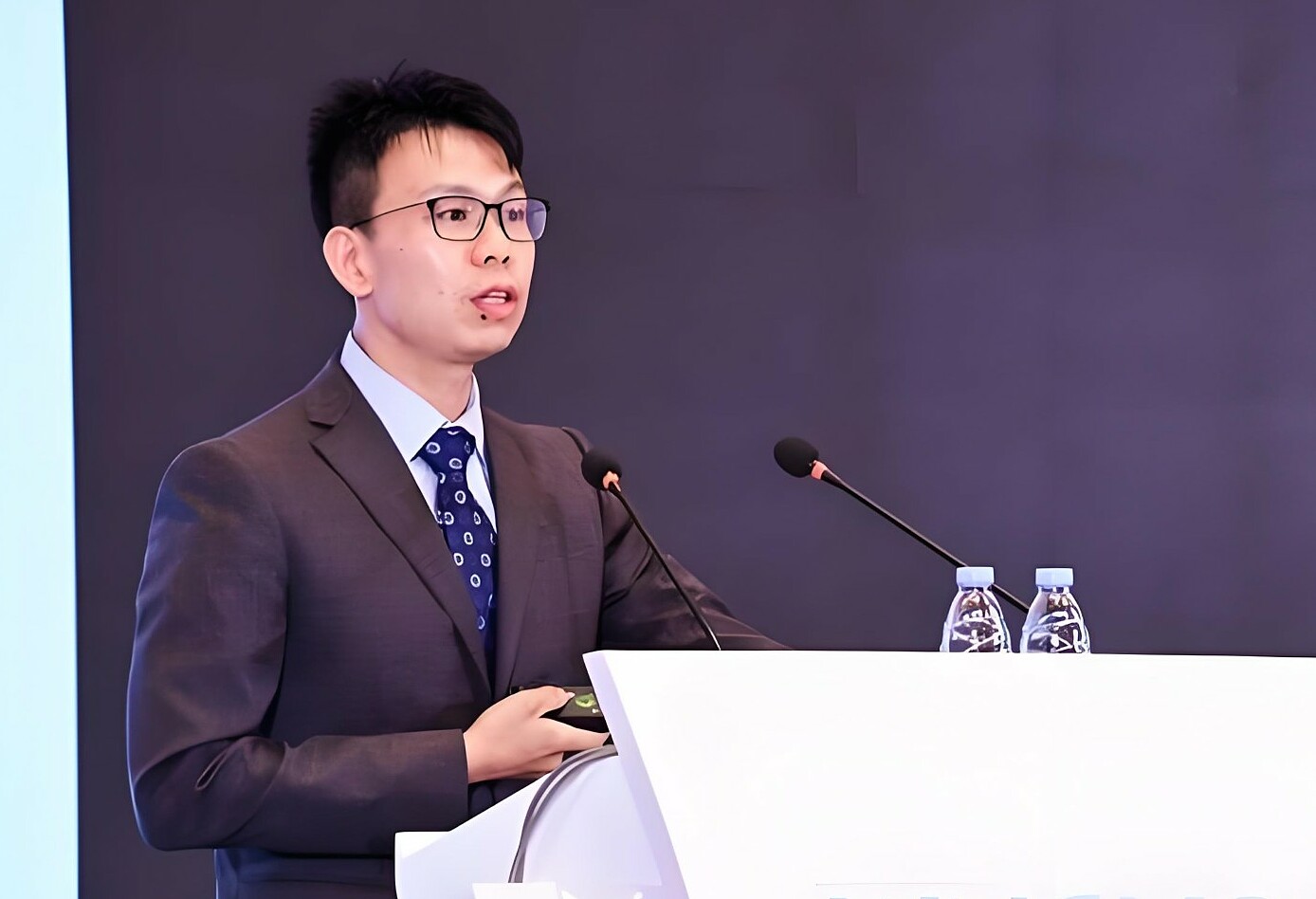 |
Dr. Shaojun Zhang. Photo provided by the interviewee |
Dr. Shaojun Zhang. Photo provided by the interviewee
How is Beijing's air quality now, almost 30 years after the ban?
Over the past decade, Beijing has intensified its air pollution control efforts, focusing on PM 2.5 as the primary pollutant, especially by tightening vehicle emission controls. The average annual PM2.5 concentration in Beijing has now decreased to around 30 micrograms/m3.
Some policymakers in other cities are hesitant to acknowledge vehicles as a primary pollution source, as controlling mobile sources is more complex than stationary ones due to their dispersed and mobile nature, involving numerous individuals. However, scientific evidence confirms that without effective vehicle emission control, air quality can deteriorate as traffic volume increases.
Two prominent challenges in Beijing and other Chinese megacities are controlling emissions from existing diesel vehicles, particularly NOx, as actual emissions often exceed regulatory limits, and developing infrastructure and service systems for electric vehicles to electrify fleets beyond passenger cars, such as buses and logistics vehicles.
Hanoi plans to ban motorcycles within its 1st Ring Road, the city center. What suggestions do you have for the city to implement this effectively?
Effective control of gasoline motorcycle pollution requires a multifaceted strategy. First, public awareness campaigns are crucial to highlight the impact of gasoline motorcycles on air quality, particularly their high emissions and noise levels. I understand Hanoi faces a similar urgency to Beijing in 2013, when PM2.5 concentrations, a consequence of complex air pollution, reached 89 micrograms/m3.
Second, gradual measures are needed: restricting the sale of high-emission models and establishing no-go zones for gasoline motorcycles, balancing policy effectiveness with public acceptance. For instance, in 2001, Beijing adopted stricter emission standards than the national standards at the time. Vehicle vendors had to sell models meeting these standards. Additionally, older motorcycles with a maximum lifespan of 13 years, previously 11, were no longer permitted.
Crucially, these measures must be accompanied by expanding reliable public transportation and promoting cleaner alternatives like electric motorcycles, ensuring people's transportation needs are met while reducing emissions. To encourage this transition, Beijing relied primarily on domestic subsidies for electric vehicle purchases, which have been discontinued since 2023; license plate quotas; and subsidies for charging infrastructure to promote electric vehicle use.
Banning gasoline motorcycles might lead to a surge in electric motorcycles and a greater demand for charging. What can Hanoi learn from Beijing's charging infrastructure development?
Building charging infrastructure requires policy coordination among various agencies. China mandates charging stations in new residential buildings and some relatively new residential areas. For older residential areas with limited charging access, companies have deployed public charging stations, including high-power fast-charging stations at shopping malls, transportation hubs, and business headquarters.
Statistics show that Beijing's vehicle-to-charger ratio in 2023 was 2.3, slightly better than the national average of 2.5. A lower ratio indicates better infrastructure development. China aims to reduce this ratio to nearly 1 by 2030.
For private electric vehicles, most charging is slow charging, typically done at home due to lower costs, while public charging incurs service fees. China has developed numerous mobile apps to locate the nearest public charging station within a kilometer radius, which is very convenient. These apps also support payment and bill checking.
Safety is a primary concern with electric vehicles. While both batteries and chargers adhere to stringent safety standards, there have been reports of accidents involving lithium batteries, occurring even when not charging. Authorities and manufacturers are strengthening safety measures to minimize risks.
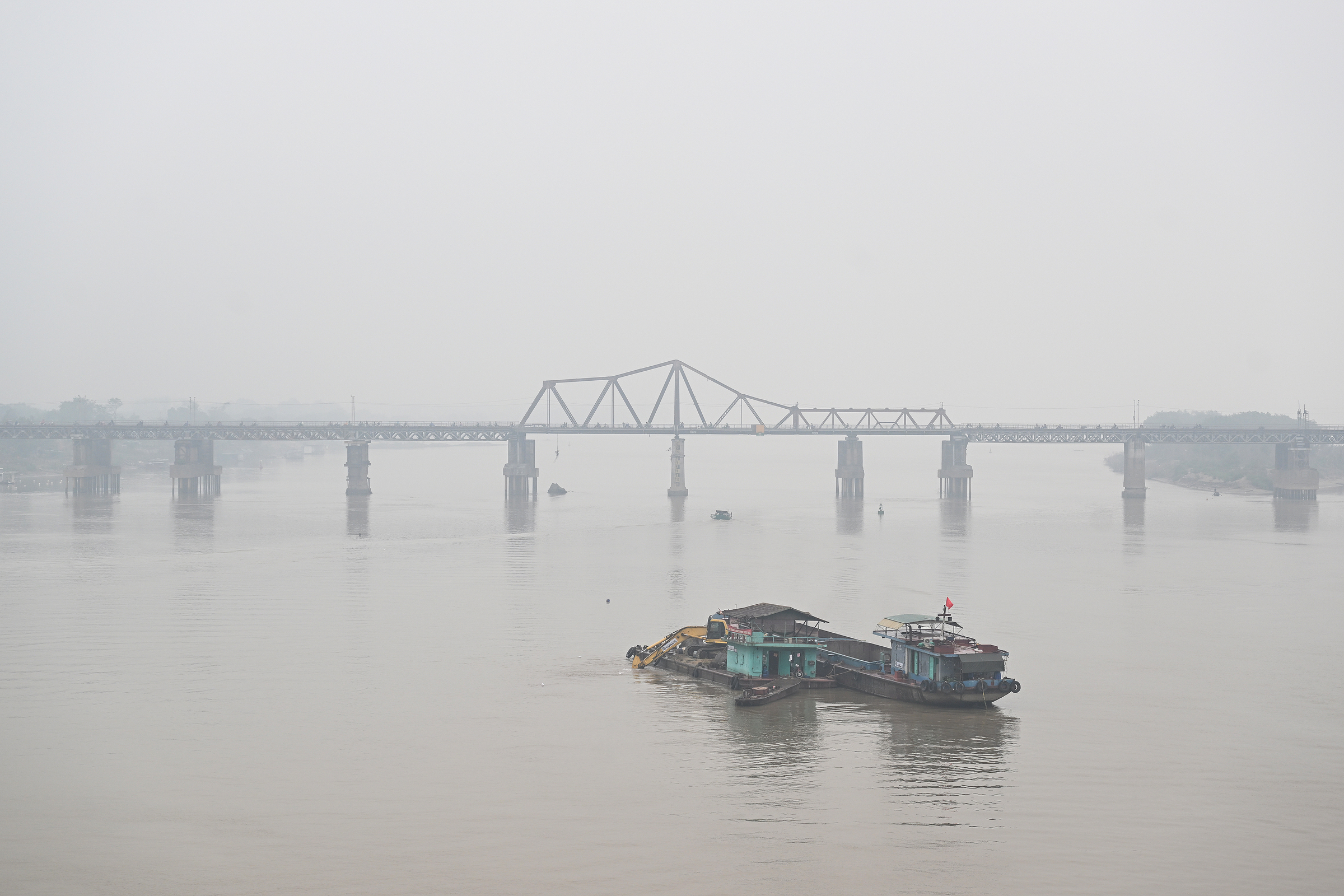 |
Hanoi shrouded in smog on 11/12/2024 due to pollution and weather. Photo: Giang Huy |
Hanoi shrouded in smog on 11/12/2024 due to pollution and weather. Photo: Giang Huy
One of Beijing's emission reduction measures is developing public transportation (BRT and subway). Hanoi has implemented BRT, but it hasn't been effective. Do you have any advice for the city on this issue?
The choice between subway and BRT systems should be based on city size, economic capacity, and population density, with metro systems generally more suitable for high-density areas.
Most metro projects require substantial initial investment and ongoing financial support from the government. Based on urban development experience in China, BRT is often a temporary solution. My hometown, Changzhou (Jiangsu province), a mid-sized coastal city with 3 million urban residents, operated two BRT lines from 2000 to 2020, later replaced by a metro line as transportation demand increased.
Two-thirds of Hanoi's PM2.5 comes from external sources. What do you recommend Hanoi do to address this?
Indeed, during severe pollution episodes in Beijing, over half the pollution can originate from neighboring provinces. This highlights the need for regional pollution control coordination. This approach proved effective during the clean air campaign for the 2008 Beijing Olympics.
Since 2013, effective pollution reduction measures in surrounding provinces include upgraded emission controls for power plants and industries, and effective management of residential coal burning, especially scattered coal burning. These coordinated efforts have significantly contributed to regional air quality improvement.
To implement this, the Chinese government established a Regional Pollution Prevention Mechanism coordinated nationally by the Ministry of Ecology and Environment (MEE) and related ministries, facilitating inter-provincial coordination and policy alignment.
Dr. Shaojun Zhang is an Associate Professor at the School of Environment, Tsinghua University. His research focuses on the environmental impacts of road transport emissions on air quality, climate, and public health, using measurement methods, atmospheric modeling, life cycle assessment, and integrated environmental impact assessment. He has published over 100 peer-reviewed articles, including notable publications in journals like Nature Energy, Nature Sustainability, PNAS, and One Earth.
Gia Chinh



